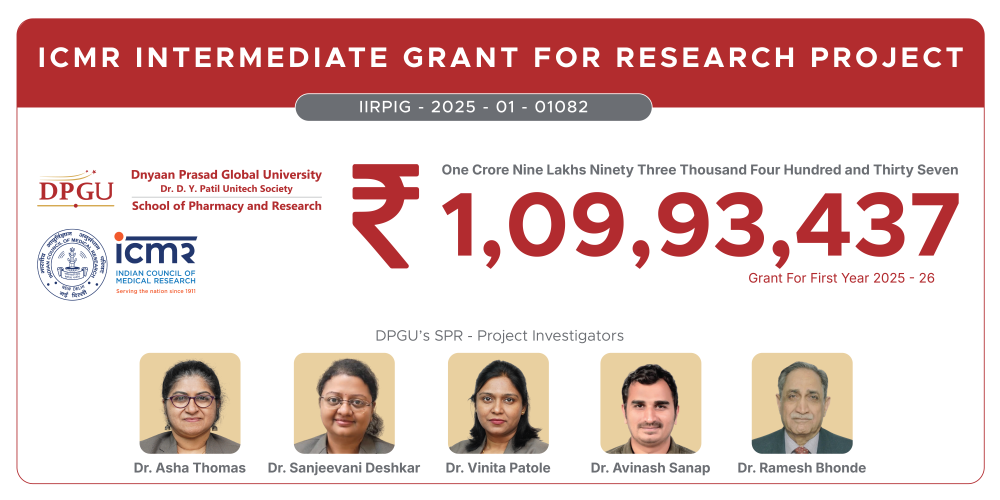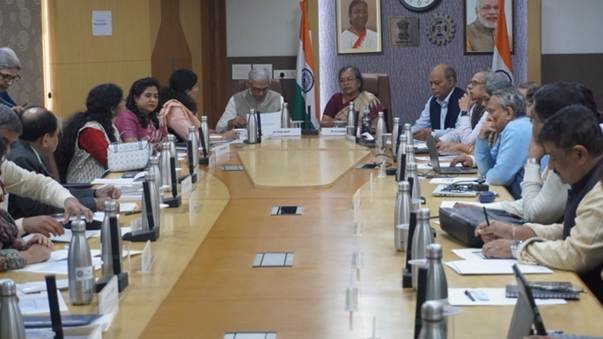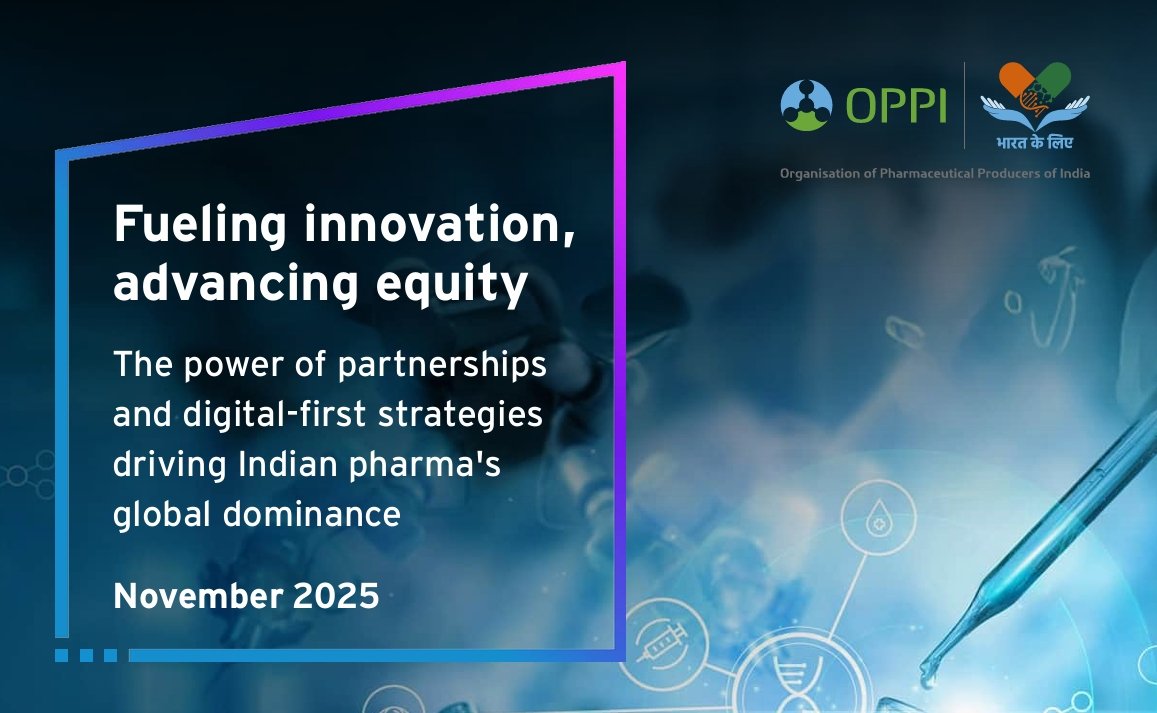Growth and Challenges of Animal Vaccine Market in India
July 01, 2022 | Friday | Views | By Rajiv Gandhi, CEO & MD, Hester Biosciences
The emphasis on animal health has never been greater given the recent life-altering events of the COVID-19 pandemic. In spite of its devastation, the pandemic was an eye-opener that finally turned the world’s gaze to ‘One Health’. One Health recognizes that human, animal, and environmental health are interconnected and must be viewed as one; they cannot and should not exist in isolation.
In order to achieve One Health, securing animal health globally will be key. Thus health advocates voice animal health as a top priority for the international community to ensure sustainability in multiple sectors including health, business, food security, and development, to name a few. Furthermore, vaccination against numerous animal diseases will play a key role, especially the threat posed by emerging diseases and in achieving and sustaining One Health.

The Indian animal vaccine market is projected to reach $232 million by FY 2026, according to market research reports. The objective of animal vaccines is to prevent animal diseases thereby improving the health and welfare of production as well as companion animals. The other most important objective is to prevent the transmission of diseases from animals to humans. On the whole, animal vaccines have already made significant and visible impacts not only on animal health, welfare, and production but also on human health.
Several technologies have evolved for the development of veterinary vaccines, which involve the whole organism either live or inactivated, genetically modified gene deletion mutants, genetically engineered vaccines to produce chimeras, vectored vaccines, necked DNA vaccines, etc.
Factors for Growth of Animal Vaccines Market
Initially, during the early days of organised poultry and animal farming, there were lesser-known diseases and only vaccines for a few diseases were made or were imported to India from the west. But with the increase in population and increased incomes, the demand for animal products meat, egg, and milk, in India, has significantly increased.
More importantly, the Government of India's new policy for animal husbandry and animal health calls for an aggressive and extensive vaccination programme of livestock animals for immunisation against diseases such as Brucellosis and Foot & Mouth Disease (FMD). Government-led programmes have also provided an impetus to animal vaccine manufacturers.
Secondly, pet parents and animal owners are now aware of the core vaccination schedule as advised by veterinarians, Veterinary Council of India (VCI), and World Small Animal Veterinary Association (WSAVA) guidelines are being followed in clinical practice. Many organisations and state governments are actively working towards the eradication of rabies and other zoonotic diseases. Some local and state bodies are now making it mandatory to keep the record of vaccination for pets/animals in residential societies.
Scope
Some vaccines are not recommended to be developed with the whole organisms due to the disadvantages of improper inactivation, reversal to virulence, or developing newer variants in the case of live attenuated vaccines. In such cases, subunit vaccines or DNA vaccines are developed by western countries. Vaccines with multiple immunogens in a single shot are very popular for immunising poultry and animals. These vaccines are available for poultry and companion animals in India, and going forward the focus must be on developing such vaccines for cattle, sheep, goats, and swine as well.
Challenges
In spite of a wide scope for growth, certain challenges remain in terms of service delivery of vaccines. Challenges such as communication and outreach, to the rural population, to convince them of the benefits of vaccination still remain. To close these gaps, there are many ongoing government-led programmes. However, vaccine companies also need to expand their marketing resources to cater to the requirement of backyard poultry and livestock producers. At Hester Biosciences, we have developed a special division, to reach livestock owners in the remotest part of the country, with vaccines and health products.
We need to focus our research to address and control the emerging diseases of poultry and livestock in our country, which has seen recent outbreaks of Avian Influenza in poultry, African Swine Fever, and Porcine Reproductive and Respiratory Syndrome Virus infection in swine.
Comprehensive development of a newer generation of animal vaccines combined with a large and widespread vaccine marketing network covering the remotest parts of India is the key to human and animal health. In addition, developing more robust R&D capabilities, new-age therapies, and an innovative product mix to meet the expectations of veterinarians, and animal owners including livestock and pet owners is crucial.
Having said that, there remain certain hurdles faced by the industry which must be overcome to fulfill the demand for animal vaccines and realise the One Health vision. These include limited infrastructural facilities, high costs for vaccine storage, inadequate reporting systems, and a shortage of skilled field professionals to name a few. These challenges must be addressed through a multisectoral approach for successful and comprehensive control of animal diseases.
Key trends
Continuous development of vaccines is essential given the rise in the emergence of different animal diseases resulting from the significant growth of the poultry and animal industry, increase in pet ownership, scientific husbandry practices in the large animal industry, and several government-led programmes to strengthen animal husbandry and health. These trends are creating and will continue to create a large and growing demand for animal vaccines.
In order to leverage these emerging trends, new and cutting-edge innovations with higher efficacious biologicals are the future for animal vaccines. Apart from the available vaccines, heterologous immunoglobulins, monoclonal antibodies, passive immunisation against parasites, and protozoa will be the future of the Indian market. Government grants and financial aid for veterinary vaccine research and development will be an added bonus to this mammoth effort to achieve One Health.
To conclude, the animal vaccines market will be one to watch out for. With emerging animal diseases threatening the future of our world, immunisation of animals in every corner of the globe will become a necessity. In addition, an increase in livestock production and consumption, pet ownership, and large-scale vaccination programmes will set the demand soaring for animal vaccines. However, pressing challenges must be addressed swiftly and sustainably for the successful realisation of One Health and the survival of our world.
Rajiv Gandhi, CEO & MD, Hester Biosciences










